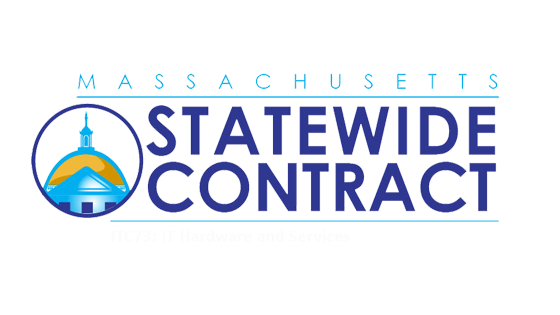BNMC Blog
What Are the Differences Between Compliance and Security?
Most businesses fall under some type of regulation that demands compliance. This will be especially true as data privacy concerns turn into further regulations. Most of today’s compliance standards are centered around data security, so you’d figure that if a company is compliant with the regulations their operations fall under, that would mean their business is secure. Unfortunately, the two terms aren’t always synonymous. Today, we will discuss the difference between security and compliance.
What Are the Differences Between Compliance and Security?
The first thing you need to know is that not all data is equal, especially when considering compliance. Compliance standards typically cover only a specific set of data. If your business wants to avoid a HIPAA violation, for example, that has nothing to do with non-health related data. You only need to protect the data outlined under the regulation, and likely prove that you did, to be in compliance. The thing is, what business is okay with data protection that isn’t protecting all important data? That gets us to the difference: the management of risk.
Compliance standards are built to protect businesses and individuals. They are the reaction to the regulations themselves. Risk management—in data protection—is pretty much the name of the game. It comes down to this: decisions on data management come down to the risks of what happens if your business fails to keep that data secure. There are major ramifications for businesses if they fail to be in compliance; from fines, to suspensions of service, to complete blacklisting. As a result businesses will spend the considerable time and money needed to ensure that they meet the demands of these regulations.
That doesn’t mean they are prioritizing security.
Security is a more resource-intensive action. It is all the software, manpower, and procedure that your business commits to keeping data and infrastructure safe from all types of threats. Security is the walls of the castle and the guards roaming the thoroughfares for corruption. It includes physical and automated controls such as monitoring, surveillance, and other systems designed to keep a business from altering their operational strategy because of interruptions caused by threats. While there is no overarching demand for security, businesses that don’t prioritize it, tend to have a harder time sustaining themselves because they will be dealing with theft and corruption rather than just proactive management.
Compliance Standards
That’s not to say that compliance standards don’t have anything to do with a security strategy, but a business’ security team is most likely more focused on keeping the business’ network and infrastructure monitored and maintained, than it is on whether or not they are in direct compliance with any regulations. It’s obviously a point of emphasis, but in many cases if your business’ IT is secure, the heavy lifting is done.
Let’s take a look at a few popular compliance standards to see what they require in terms of security and other action:
- HIPAA - Short for the Health Information Portability and Accountability Act, this regulation works to protect individual health information. Basically, it legislates how businesses have to handle and secure an individual’s personal medical information. Only Title 2 of HIPAA deals with information privacy and security, and dictates that a business needs access control, audit control, integrity controls, and security (encryption) when an individual’s information is sent and received.
- SOX - Short for the Sarbanes-Oxley Act, this regulation applies to the corporate care and maintenance of a business’ financial information (of publicly-traded companies). It was put in place to help improve corporate responsibility and avoid data destruction, falsification, and alteration. It requires these companies to keep data for so long, and to provide reports to regulators frequently.
- PCI DSS - Short for Payment Card Industry Data Security Standard, this regulation is overseen by the credit card companies that provide much of the ability to send and receive digital money through the use of payment cards and digital applications. Compliance with this regulation, which has to be met if your business wants the ability to accept payments via payment cards, requires a secured network, strong access controls, and regular audits and reviews of a business’ information security systems.
Those are just three regulations, but they help identify the difference between security and compliance. Security works to protect your business and compliance depends on that security to help protect individual and company data
If you would like to learn more about how to keep your business’ data secure and make sure you are doing what you need to do to meet any regulations you fall under, call the IT experts at BNMC at (978) 482-2020 for a consultation. We can help you stay compliant and secure.




Comments